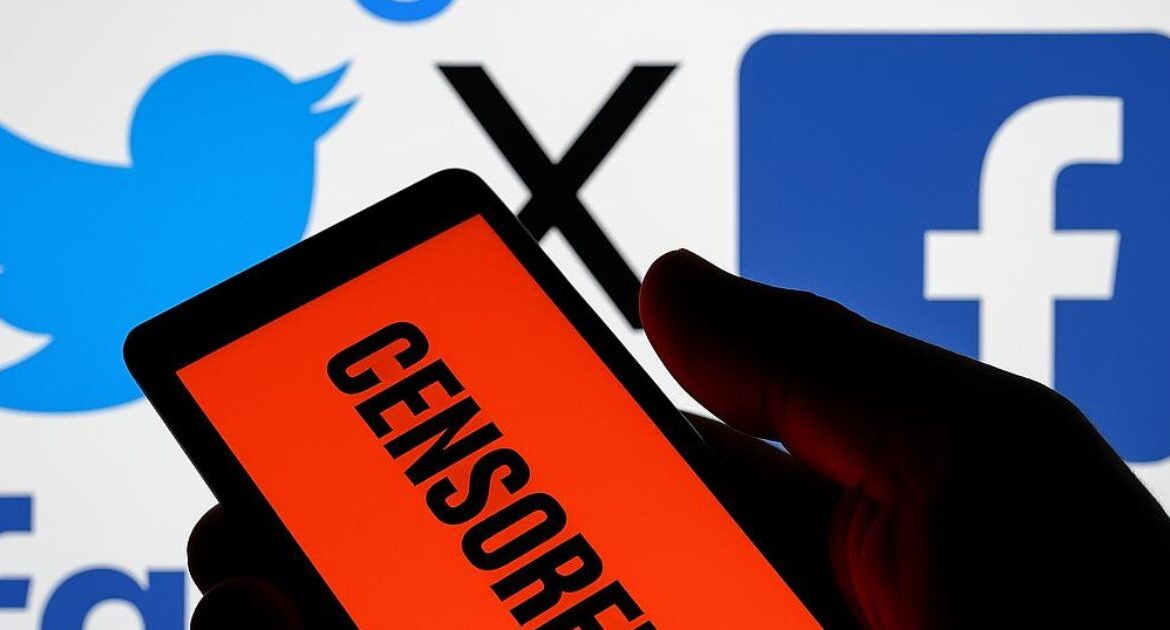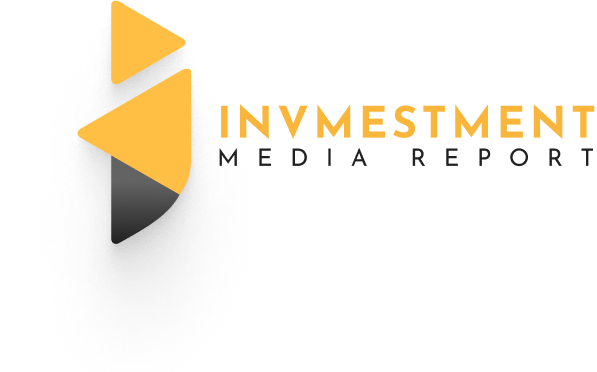
Congress Exposes Government-Corporate Collusion Behind Censorship of Conservative Voices


A House Judiciary Committee investigation led by Chairman Jim Jordan has exposed what may be the largest government-coordinated censorship operation in U.S. history. Over two years, the committee has documented how federal agencies, major corporations, universities, and even foreign governments colluded to silence conservative voices, manipulate public discourse, and erode the First Amendment, what investigators now call the “Censorship-Industrial Complex.”
The investigation, which began with social media platforms, has now expanded to include artificial intelligence. In March 2025, Jordan sent letters to 16 major tech companies, including Google, Apple, Microsoft, OpenAI, and Anthropic, demanding documents related to potential Biden administration pressure to censor lawful speech in AI systems. The committee is investigating whether the administration “coerced or colluded” with AI firms to suppress content, marking a significant new front in the censorship inquiry.
Evidence from tens of thousands of internal emails and documents obtained via congressional subpoenas reveals a coordinated censorship campaign targeting dissenting views on everything from COVID-19 vaccines to the 2020 election. At the center was the Global Alliance for Responsible Media (GARM), an initiative of the World Federation of Advertisers whose members control nearly $1 trillion in annual ad spending, about 90% of the global market.
House investigators describe GARM as an “advertising cartel” that used ad boycotts, content moderation, and “disinformation” labels to defund conservative outlets and pressure platforms into compliance. Internal communications show GARM co-founder Robert Rakowitz privately called silencing President Trump his “main thing” and compared his speech to a “contagion” that needed containment.
Investigators found direct coordination with foreign regulators, including the European Commission and Australia’s eSafety Commissioner. In one message, a European official urged advertisers to “push Twitter to deliver on GARM asks.” Australia’s Julie Inman Grant praised GARM’s “significant collective power” and asked for updates to guide her office’s regulatory decisions.
Internal emails show GARM members openly admitting they “hated the ideology” of conservative outlets like Fox News, The Daily Wire, and Breitbart. GroupM, the world’s largest media buying agency and a GARM Steer Team member, put The Daily Wire on a “Global High Risk exclusion list” under “Conspiracy Theories,” without citing any conspiracy content.
Perhaps most revealing was GARM’s pressure campaign against Spotify over Joe Rogan. When Rogan suggested young, healthy people might not need COVID vaccines, GARM threatened to pull ads across all of Spotify. Yet GroupM didn’t even advertise on Rogan’s show, proving this wasn’t about brand safety but ideological control.
GARM collapsed in August 2024 after X (formerly Twitter) sued for antitrust violations. The World Federation of Advertisers claimed they lacked the resources to defend the case, effectively admitting defeat.
While GARM used corporate collusion, another arm of the censorship network was taxpayer-funded. The UK-based Global Disinformation Index (GDI) received $545,750 from the State Department’s National Endowment for Democracy and another $100,000 from the Global Engagement Center. GDI created blacklists of conservative sites and shared them with major ad firms like Microsoft’s Xandr to block ad revenue, economic censorship underwritten by U.S. taxpayers.
GDI’s 2022 “Disinformation Risk Assessment” named ten “riskiest” U.S. outlets, all conservative or libertarian, including the New York Post, The Daily Wire, The Federalist, Newsmax, and RealClearPolitics. Meanwhile, left-leaning NPR, HuffPost, and BuzzFeed were labeled “least risky.”
Firms placed on GDI’s “exclusion hit list” were demonetized by Google and other advertising platforms. News stories from these outlets were also downgraded in Google search rankings, and in some cases, they didn’t appear at all in search results for relevant topics.
The blacklist extended beyond mainstream conservative media to any content that challenged progressive orthodoxy. GDI flagged fact-based articles on happiness demographics or pro-life views as “misogyny misinformation,” simply for questioning feminist ideology.
After Washington Examiner reporting exposed GDI’s taxpayer funding and censorship tactics, both the State Department and the National Endowment for Democracy severed ties. But by then, the damage was done. Between 2020 and 2022, conservative outlets lost critical ad revenue as a direct result of these coordinated blacklisting efforts.
As of 2025, even after the censorship campaign has been exposed and verified, many conservative media outlets continue to face mixed recovery.
Breitbart, once a major player, saw advertising revenue fall by over 90% during the height of boycott campaigns and suffered a 92% decline in web traffic from 2020 to 2024, yet it remains operational, suggesting adaptation through alternative revenue or reduced costs. The Federalist, after a Google Ads warning in 2020 over its comment section, removed comments entirely to avoid demonetization. Still, it experienced a 95% traffic decline compared to 2020, the steepest among conservative outlets tracked.
Some, however, have adapted proactively. Blaze Media made a strategic pivot in 2023, becoming the first conservative outlet to abandon traditional ad models in favor of a subscription-only business. The move was a direct response to advertising-based censorship pressure.
Across the industry, conservative media has increasingly embraced alternative revenue streams, subscription platforms like Daily Wire+, Fox Nation, and Newsmax+; e-commerce ventures like Jeremy’s Razors; direct-to-consumer streaming; live events; and brand sponsorships. Despite coordinated attacks from government and corporate actors, public demand for conservative media remains strong. Right-leaning online shows now command nearly 481 million followers, almost five times more than their left-leaning counterparts, with nine of the top ten shows leaning right.
The post Congress Exposes Government-Corporate Collusion Behind Censorship of Conservative Voices appeared first on The Gateway Pundit.
